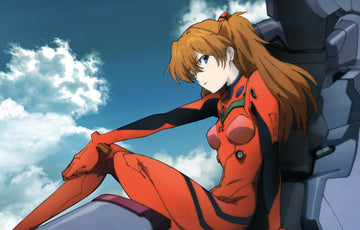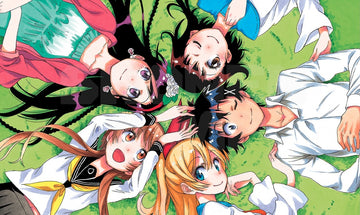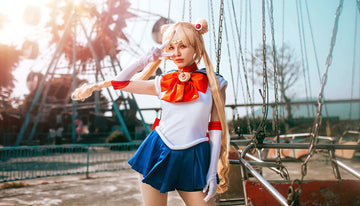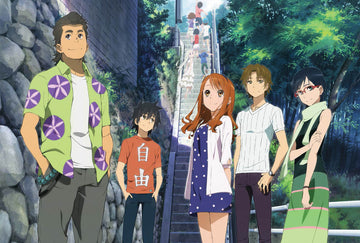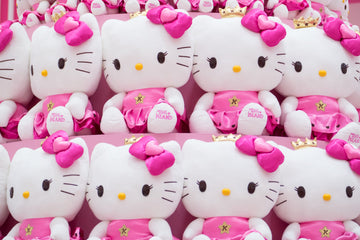In the vibrant realm of anime, each decade brings forth its own distinct art style. The 2000s, in particular, witnessed a remarkable evolution in anime aesthetics, marked by a departure from the iconic look of the 90s. This article aims to shed light on what the 2000s anime art style is commonly referred to and delve into the factors that propelled anime's popularity after the explosive growth of the 90s.
The Rise of the 2000s Anime Art Style
The 2000s anime art style, often dubbed "moe," emerged as a response to the over-the-top action and grittiness of the 90s. This new art style prioritized cuteness, intricate character designs, and a focus on emotional connections. Characters in moe anime typically possessed large, expressive eyes, soft facial features, and colorful hair that defied natural conventions.
One of the most notable influences on this art style was the growing popularity of dating simulation games, known as "visual novels." These games featured charming and endearing characters, and their art style heavily influenced the look of 2000s anime. Shows like "Kanon" and "Clannad" became synonymous with the moe art style, captivating audiences with their adorable characters and heartfelt stories.
Embracing Diversity in Animation
The 2000s anime art style also witnessed a diversification of themes and genres. While the 90s predominantly focused on action-packed narratives, the 2000s introduced a wide range of storytelling possibilities. Slice-of-life anime, exploring the everyday lives and relationships of characters, gained popularity during this era. Shows like "Azumanga Daioh" and "Lucky Star" showcased the charm of ordinary life, resonating with viewers seeking relatable and lighthearted content.
Additionally, the 2000s saw a rise in the "magical girl" genre, featuring young heroines with magical abilities. Series such as "Cardcaptor Sakura" and "Magical Girl Lyrical Nanoha" enchanted audiences with their vibrant visuals and empowering narratives. This diversification in genres allowed anime to cater to a broader audience, expanding its reach beyond traditional action enthusiasts.
Riding the Wave of Internet Culture
Another significant factor that contributed to the popularity of anime in the 2000s was the rapid growth of internet culture. With the advent of high-speed internet and online streaming platforms, anime became more accessible to a global audience. Fans could now connect with each other, discuss their favorite shows, and actively participate in the anime community.
Moreover, the rise of online fan communities allowed for the exchange of fan art, cosplay, and fan fiction, further fueling the enthusiasm for anime. This digital revolution enabled anime to transcend geographical boundaries and foster a sense of camaraderie among fans worldwide.
In conclusion, the 2000s anime art style, known as "moe," brought a fresh and adorable aesthetic to the world of anime. It gained momentum by embracing cuteness, diversifying genres, and riding the wave of internet culture. With its unique charm and relatable stories, this art style continues to captivate anime enthusiasts around the globe. So, dive into the world of 2000s anime and embrace the moe revolution!
Sources:




